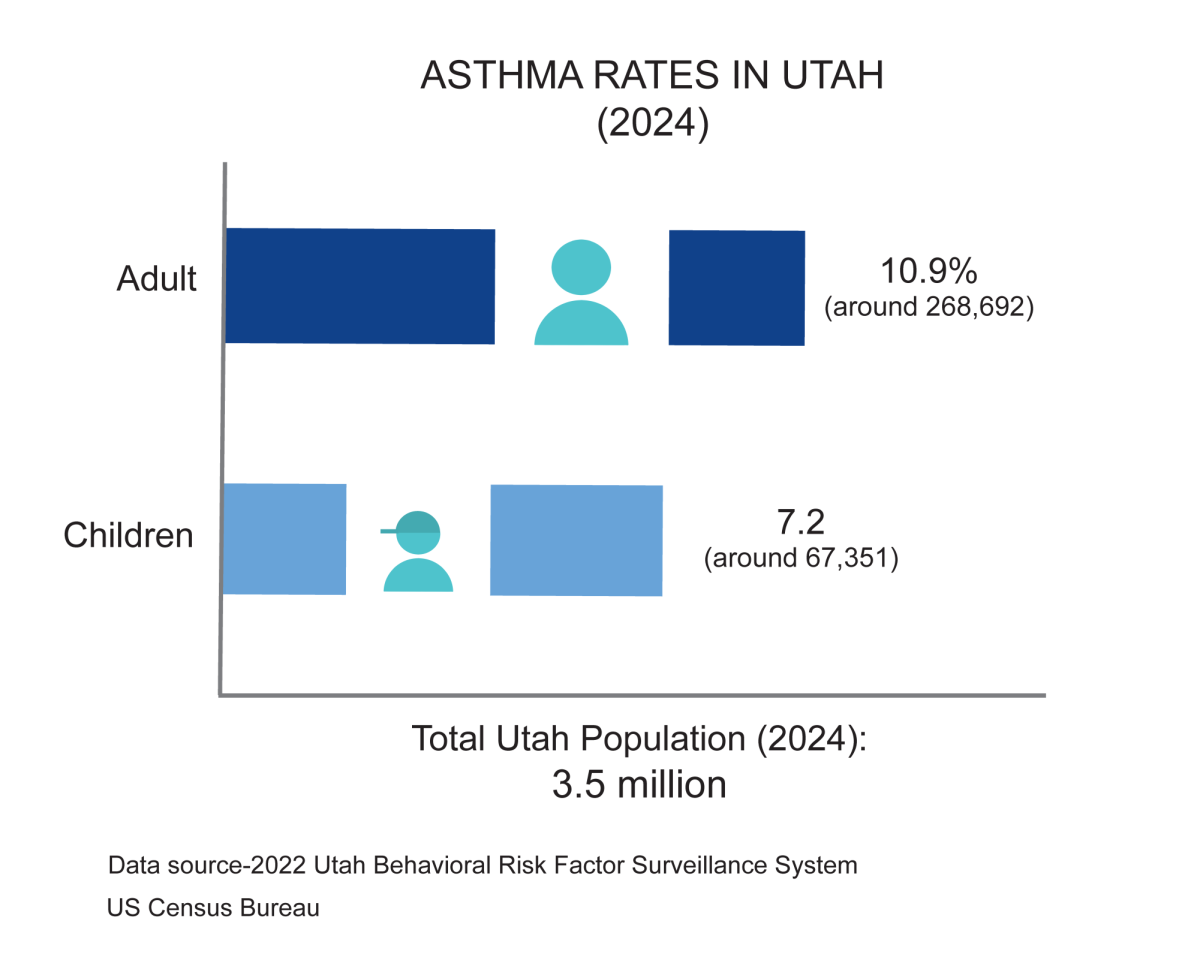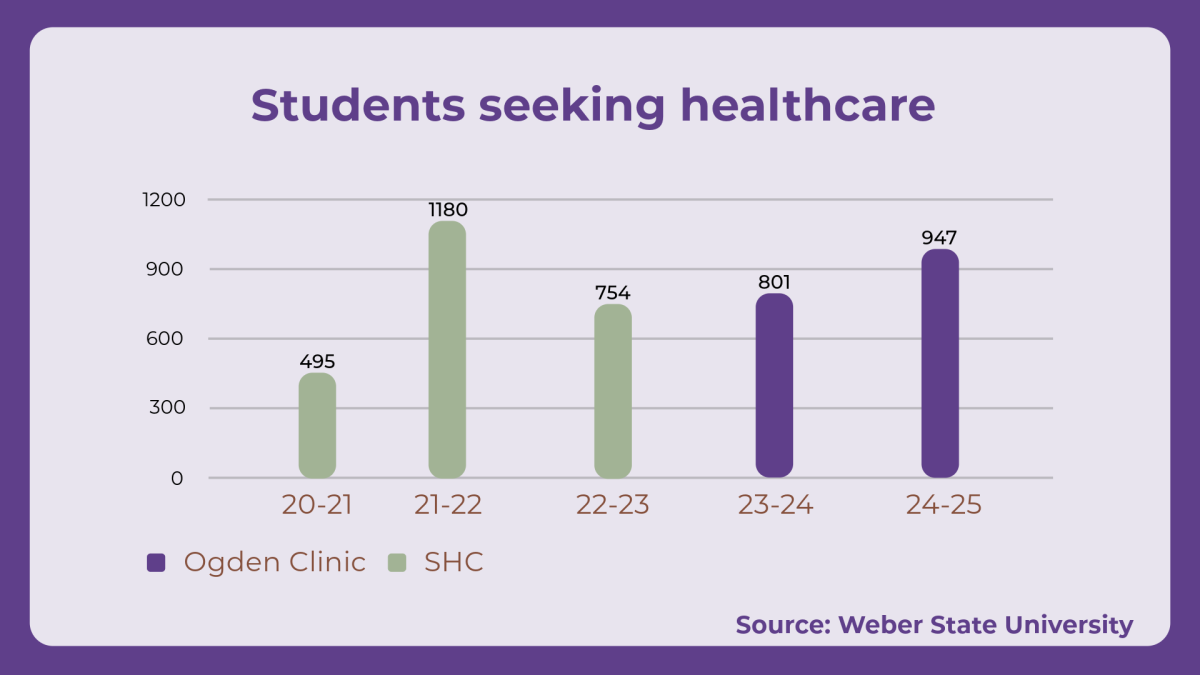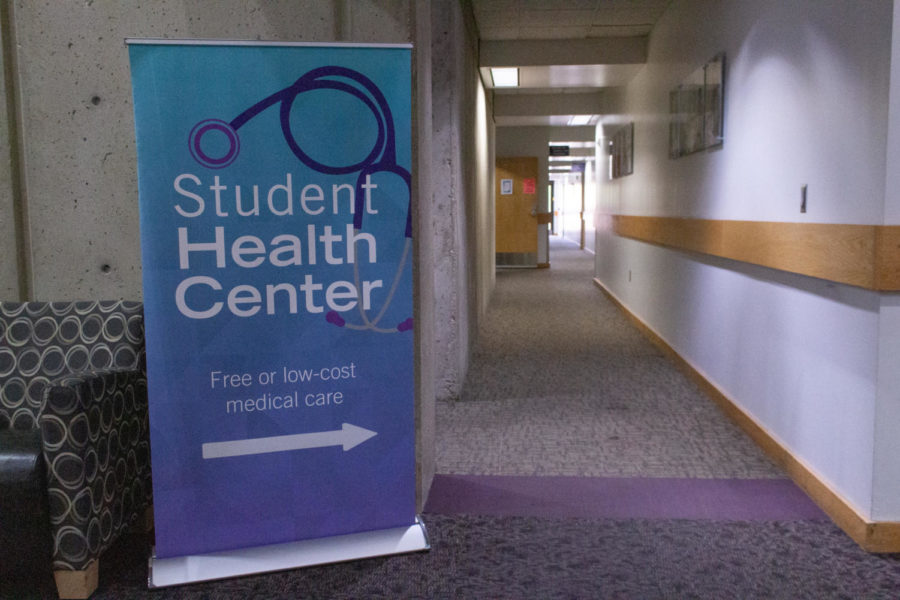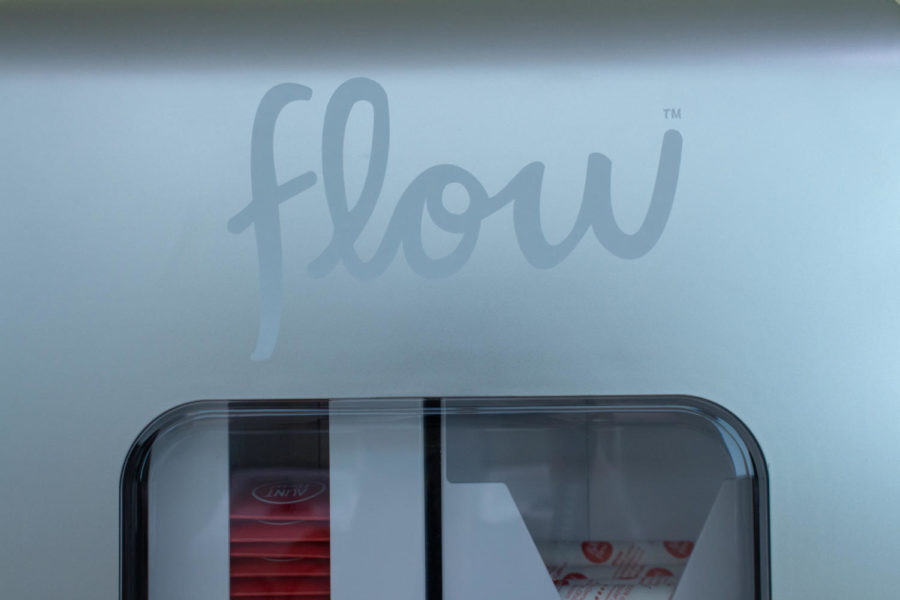On the top floor of Weber State University’s Elizabeth Hall, students can see the stretch of Ogden laid out before them, but lately, a brown haze has settled across the landscape.
The U.S. Environmental Protection Agency released a report last week which stated that some parts of Utah, including Weber County, have the worst air quality in the country. The EPA released a map along with the report, showing red and yellow spots throughout Salt Lake City and in the Brigham City area.
“I constantly feel like I have sinus problems, and I totally think it’s from the poor air quality, because when we were in California over Christmas, I had no problems,” said WSU senior Jennifer Caldwell.
With the welcoming of the New Year, Weber County also was reported to have three times the federal standard of pollution, which is 73 micrograms of fine soot per cubic meter.
The air quality has not escaped many WSU students’ and Ogden residents’ attention. However, Breanna Denning, a WSU graduate attending law school in California, said she hasn’t noticed a difference between California’s air quality and Utah’s, though she noted that “L.A. has terrible air quality, so it’s probably not the best comparison.”
California and Las Vegas were among those named to currently have the worst air quality in the country.
The inversion is a regular occurrence in Utah this time of year. An inversion is caused when high pressure systems push the pollution toward the valley floor, and is worsened when a blanket of snow deflects the sun’s radiant heat, which hinders any possible atmospheric mixing.
The inversion is made of PM2.5, which is particulate matter less than 2.5 microns in diameter. These particulates are so tiny that they can get deep into the lungs’ tissue and cause health problems such as cancer and asthma.
The state of Utah finally began monitoring PM2.5 in 2000, shortly after the EPA set the federal standard on the particulates.
Although most of PM2.5 is gases such as nitrous oxides and volatile organic compounds, vehicle emissions, smoke stacks, and the burning of wood stoves and fireplaces push particulate matter straight into the air. This is the reason the state of Utah implements no-burn days and advises many people not to drive this time of year.
South Ogden resident Shelly Grant said she has had a hard time breathing lately, but agreed that being inside helps, which is what experts advise for those who have heart and respiratory problems.
“(I) went to the Jazz game last night and had to hurry from parking to the stadium, got super winded and couldn’t catch my breath till I got inside,” Grant said. “The minute I got inside, I was fine and dandy.”
Marathon runner Jordon Roberts, who said the inversion gave him a case of laryngitis, shared how he’s been dealing with the poor air quality.
“I’ve been staying inside or, when outside, I take deeper breaths and try to hold it longer to minimize exposure.”
For those aching to have a run, the Swenson Gym has reopened after its reconstruction in fall semester, allowing students and faculty to exercise without dealing with the poor air quality outside.













